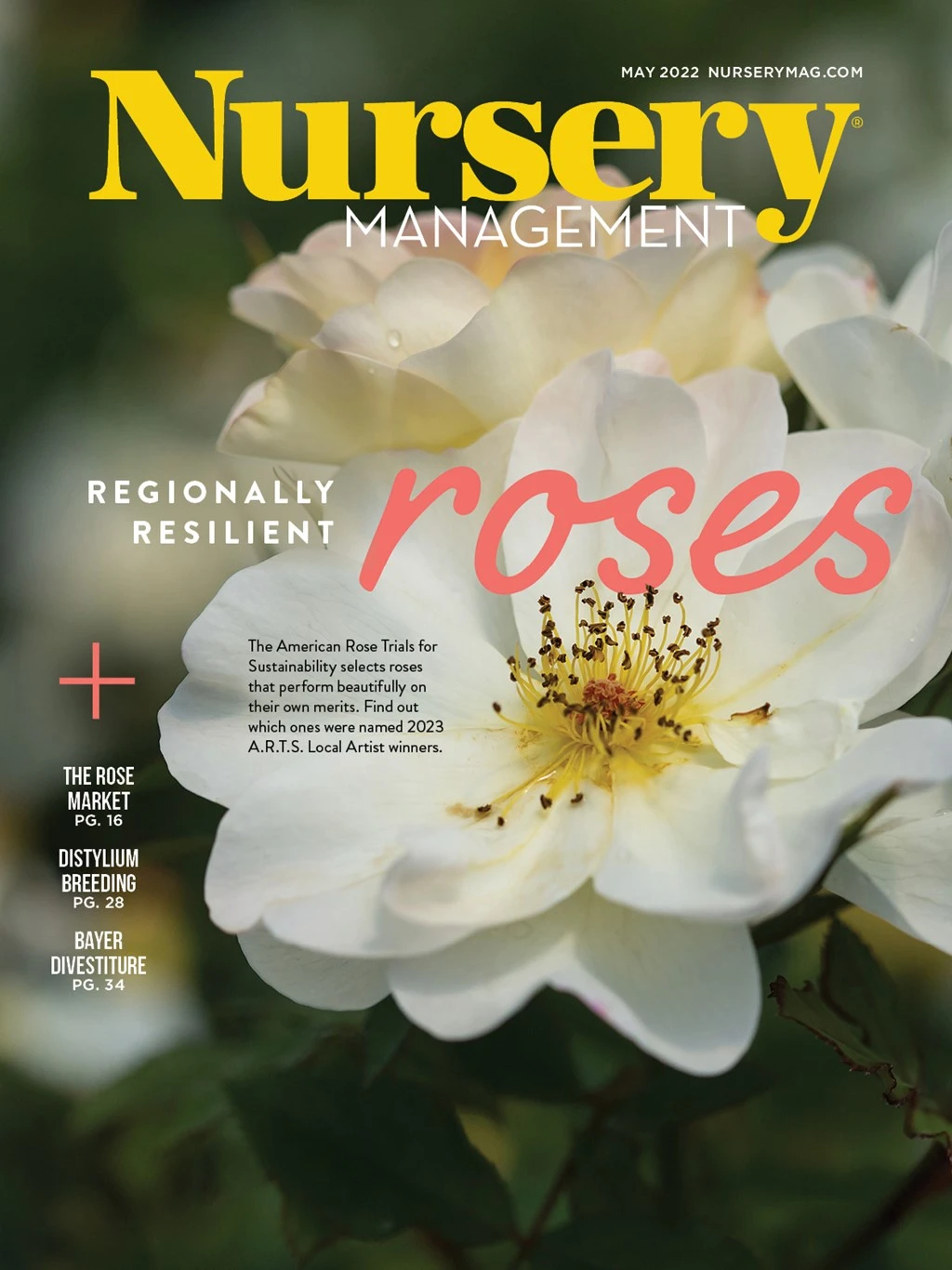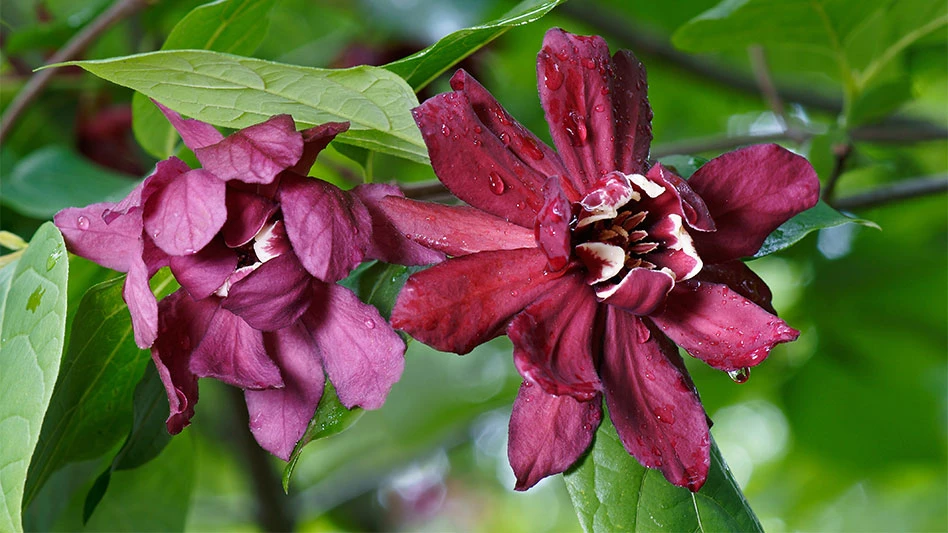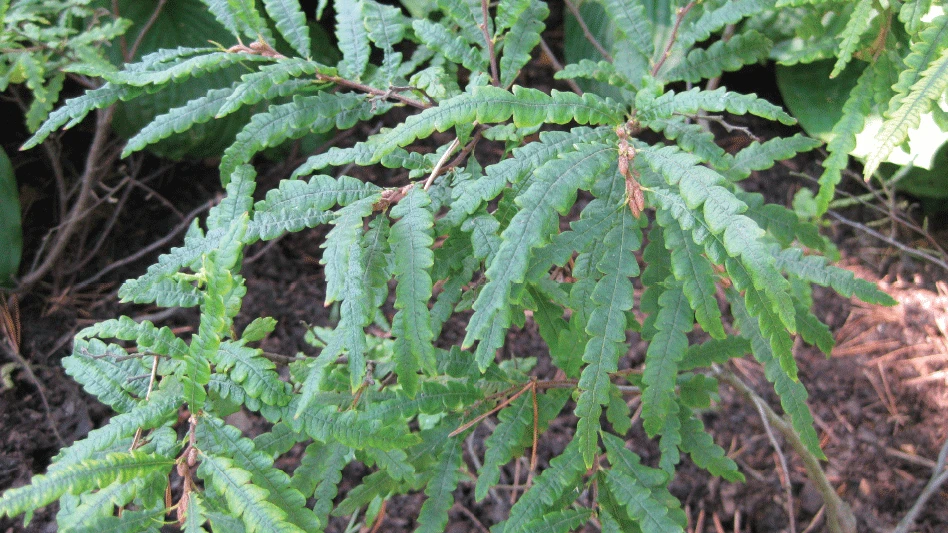

I was fortunate to purchase, plant and observe a specimen of ‘Taylor’s Sunburst’ lodgepole pine at Rotary Botanical Gardens (Janesville, Wisconsin) for over 20 years. There was never a moment every spring that I wasn’t amazed by the brilliant, golden-yellow new needle growth that was visually striking for so many weeks. This variety was discovered in the Rocky Mountains in 1984 by Dr. Allan Taylor, who observed these bright yellow characteristics on the top half of a 35-foot-tall specimen of lodgepole pine. This specific variety has become a collector’s item for conifer addicts and serious gardeners alike that appreciate how beautiful this pine is in any landscape situation when that striking push of new growth adds color and drama to the scene.
The form of this selection is considered narrow and upright in youth but transitioning to a more broad and upright oval form with age. Growing 6-10 inches per year in height (intermediate growth rate), this selection is thought to top out at about 15 feet tall and 10 feet wide in time. The specimen at Rotary Botanical Gardens, planted as a 3-foot specimen in 2002, is now about 12 feet tall and absolutely striking as an accent near the rose garden. It's important to note that the brilliant yellow growth, described as “school bus yellow,” does fade to a more mellow, creamy yellow with the heat of summer and by the end of summer, this pine is primarily green. The shaggy, brick-red bark adds some additional interest as do the vibrant, cherry-red pollen cones.
‘Taylor’s Sunburst’ needs full sun and a very well-drained situation. Dry soils are acceptable, and this species is certainly drought tolerant. Poorly drained or heavy soils will be immediately problematic for successful establishment and longevity. This pine is not pH particular, is long-lived once established and is noted for having some tolerance to urban pollution.
Why grow Pinus contorta var. latifolia ‘Taylor’s Sunburst’?
- Amazing spring color contribution
- Significant texture
- A striking focal point
- Accent in the mixed border
- To induce envy from the neighbors


Explore the May 2022 Issue
Check out more from this issue and find your next story to read.
Latest from Nursery Management
- How impending tariffs and USDA layoffs impact the horticulture industry
- Shifting the urban environment
- These companies are utilizing plastic alternatives to reduce horticultural waste
- How to create a sustainable plant nursery
- Lamiastrum galeobdolon ‘Herman’s Pride’
- One of rarest plants on earth: Tahina spectabilis
- Leading Women of Horticulture: Angela Labrum, Bailey Nurseries
- Get to know Pat Reilly with NewGen Boxwood and the American Boxwood Society






